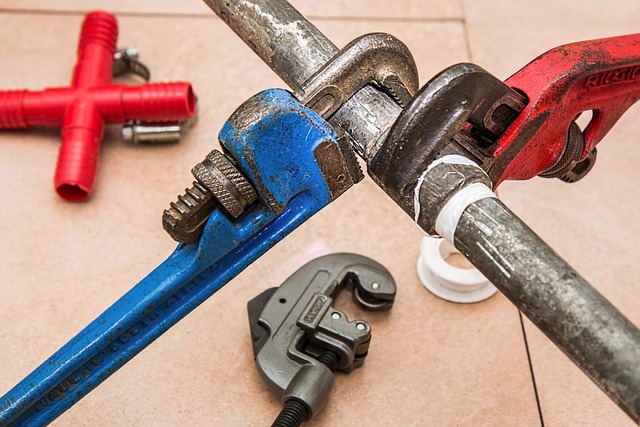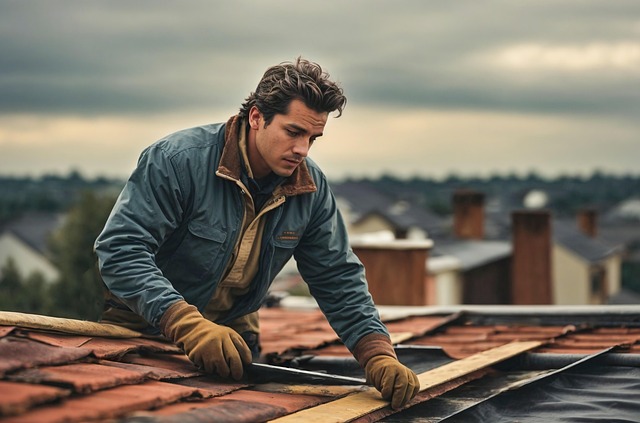Concrete stem wall leveling is a specialized non-destructive technique for residential foundation repair addressing uneven or settling concrete walls caused by soil movement, settlement, or other environmental factors. Crucial for older homes or unstable soils, it prevents/mitigates structural damage like cracks, gaps, and misaligned doors/windows without extensive excavation. This meticulous process involves inspecting, adjusting vertical supports, filling gaps with polymeric resin, and smoothing/curing surfaces to strengthen and level stem walls, ensuring long-term stability and property value. Regular maintenance, including inspections, clear drainage systems, and sealing, is vital for preserving foundation integrity after leveling.
“Concrete Stem Wall leveling is a specialized technique crucial for residential foundation repair, addressing uneven or settled concrete walls. This article delves into the intricacies of this process, offering a comprehensive guide for homeowners and contractors alike. We explore when it’s necessary, from identifying settlement signs to understanding its role in structural integrity. Additionally, we break down the step-by-step process, benefits, potential challenges, and long-term maintenance tips, empowering you with knowledge for informed decisions regarding your home’s foundation.”
Understanding Concrete Stem Wall Leveling: A Basic Overview

Concrete stem wall leveling is a specialized technique within residential foundation repair, designed to address issues related to uneven or settling concrete walls. This process involves adjusting and realigning the vertical supports, known as stem walls, that form the structural backbone of a home’s foundation. By compensating for soil movement, settlement, or other environmental factors, concrete stem wall leveling aims to stabilize the entire structure.
This method is particularly crucial in older homes or those built on unstable soil, where issues like cracks, gaps, or door/window misalignment may indicate underlying foundation problems. Unlike more invasive foundation repair solutions, concrete stem wall leveling offers a non-destructive approach, preserving the existing concrete and avoiding extensive excavation. It’s an effective solution for homeowners seeking to enhance their property’s structural integrity without disruptive renovations.
When is Concrete Stem Wall Leveling Necessary for Residential Foundation Repair?

Concrete stem wall leveling is a critical component of residential foundation repair, addressing issues that can compromise the structural integrity of homes. It becomes necessary when the stem walls, which support the foundation, settle or become misaligned over time. This settling can occur due to various factors such as soil conditions, poor construction, or changes in moisture levels. As the stem walls shift, they can cause cracks in the foundation, uneven floors, and even structural damage to the entire building.
Residential foundation repair becomes urgent when these issues start to affect the livability and safety of the home. For example, if you notice increasing cracks in interior walls or ceilings, floor slant, or doors and windows that stick or close improperly, it may indicate a problem with the stem walls. Prompt intervention through concrete stem wall leveling can prevent further deterioration, ensuring the longevity and stability of the residence.
The Process of Concrete Stem Wall Leveling: Step by Step

Concrete stem wall leveling is a crucial aspect of residential foundation repair, ensuring structural integrity and a level surface. The process involves several steps to achieve precision and stability. First, inspect the existing walls for any signs of unevenness or damage, using tools like laser levels or transit levels for accurate measurements. Once identified, any deviations from the desired height should be addressed by removing excess concrete or adding new material to achieve a level surface.
Next, prepare the base by ensuring it is clean and free of debris. This step is vital as it provides a solid foundation for the leveling process. After preparation, apply a layer of high-quality polymeric resin or a similar compound designed for concrete restoration. Spread the compound evenly across the wall using specialized tools to fill any gaps or low spots. Finally, smooth the surface and allow the compound to cure completely, typically within 24 to 48 hours, depending on the product used. This meticulous approach guarantees that the stem walls are not only level but also strengthened, addressing potential issues in residential foundation repair.
Benefits and Advantages of Choosing This Repair Method

When it comes to residential foundation repair, Concrete Stem Wall Leveling offers a number of significant benefits and advantages. This method is particularly effective for addressing uneven or cracked stem walls, which are common issues in older homes or those built on unstable soil. By realigning and reinforcing these walls, it provides a durable solution that not only improves structural integrity but also prevents further damage to the foundation and surrounding areas.
One of the key advantages of Concrete Stem Wall Leveling is its ability to restore the structural stability of the entire foundation system. This repair method can help mitigate issues like settled concrete, uneven floors, and even door or window misalignment. Moreover, it’s a cost-effective solution compared to more invasive or extensive repairs, making it an attractive option for homeowners looking to preserve the value of their properties without breaking the bank.
Common Challenges and Considerations in Concrete Stem Wall Leveling Projects

Concrete stem wall leveling projects, often part of residential foundation repair efforts, present unique challenges that require careful consideration. One of the primary difficulties lies in assessing and addressing the underlying causes of uneven walls. Settling soil, improper initial construction, or shifting geological conditions can all contribute to misalignment, making it crucial for professionals to conduct thorough inspections. Identifying the root cause enables the development of effective solutions, ensuring long-lasting stability.
Additionally, achieving accurate leveling demands precision and expertise. Traditional methods might include jacking, bracing, or replacing sections of the stem wall. However, modern techniques offer advanced options like flexible underpins and micro-piling, which are less invasive and more sustainable. Incorporating these innovative approaches requires a deep understanding of structural engineering principles to maintain the structural integrity of the entire foundation while minimizing disruptions to the surrounding area, particularly in residential settings.
Maintenance and Long-term Care After Concrete Stem Wall Leveling

After successful concrete stem wall leveling, proper maintenance and long-term care are crucial for ensuring the structural integrity of your residential foundation repair. Regular inspection is key; check for any signs of shifting, cracks, or water damage that could indicate potential issues. Maintaining a clear drainage system around the property is essential to prevent water from pooling against the walls, which can weaken the concrete and cause further damage.
To prolong the lifespan of the leveled stem walls, it’s recommended to seal the surface periodically. This protective barrier shields the concrete from moisture and extreme temperatures, preventing deterioration. Additionally, addressing any issues promptly—such as repairing cracks or addressing water intrusion—is vital for maintaining the overall health of your foundation. Regular maintenance not only extends the life of the repair but also ensures a stable and secure living environment.
